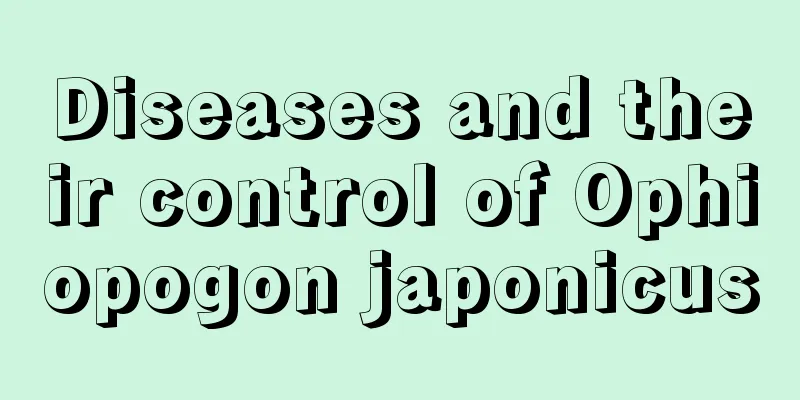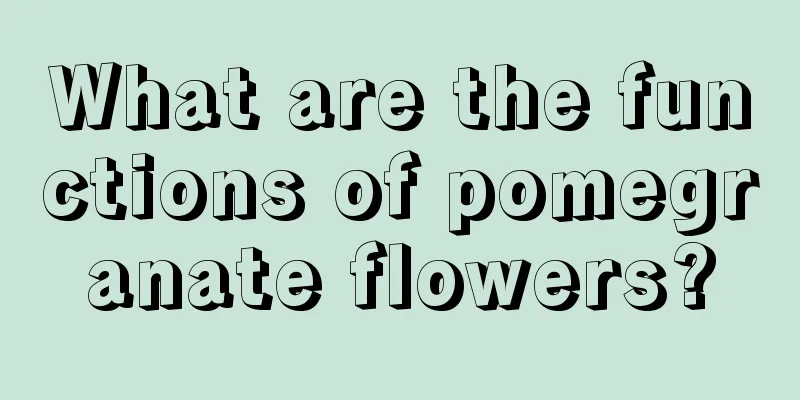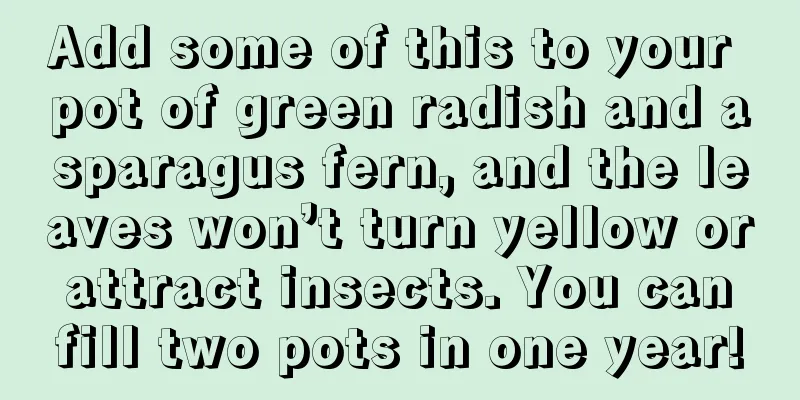Diseases and their control of Ophiopogon japonicus

Ophiopogon root knot nematode diseaseWhen Ophiopogon japonicus is infected with root-knot nematode disease, root knots of varying sizes will appear on the roots, and hair roots will grow on them. The ends of the hair roots will be infected by nematodes again, forming small root knots again, and the cycle will continue. After cutting open the root knot, you can see a white, shiny spherical substance, which is the female adult. Prevention and treatment methodsWhen planting, choose disease-free seedlings and be careful not to have insect pests on the roots of the seedlings. When planting, do not rotate with other plants such as tobacco, but you can rotate with grass crops. To treat the soil, put 5% chlorpyrifos granules into the soil before planting, mix it with the soil, and then plant. Ophiopogon japonicus black spotWhen Ophiopogon japonicus suffers from black spot disease, the leaves will first turn yellow and gradually spread to the base of the leaves. Then green, white, yellow and other water-soaked spots will appear, affecting the growth and appearance of the leaves. Once infected with black spot, the disease will continue into the second year and continue to affect the growth of the plant. It is generally prone to occur during the rainy season. Prevention and treatment methodsIn winter, clean and prune the dead plants and diseased leaves and then dispose of them. During the disease period, spray with 1:1:200 times Bordeaux mixture or 1000 times 50% carbendazim solution, once every 10 days, and spray about 3 times in a while. Ophiopogon japonicus mole cricket diseaseBoth the adults and nymphs of this pest can eat the roots of seedlings, affecting the growth of the plants. Prevention and treatment methodsYou can sprinkle 3 kg of 5% phoxim granules or 5% methyl isothion granules on the potting soil and stop spreading when you see the pests die; or you can use spices to lure the insects and then kill them. |
<<: Viola yedoensis leaf spot disease and its control
>>: Diseases and Pests of Black Leaf Alocasia and Their Control
Recommend
What are the green non-flowering plants?
1. Monstera The plant is relatively large and blo...
Cultivation method of Cryptomeria fortunei
1. Soil: Cryptomeria fortunei grows faster in aci...
Which month is the best to plant carrots?
Carrots are common vegetables in our daily life. ...
How to prune tuberose
Does tuberose need to be pruned? Tuberose also ne...
Does hibiscus prefer shade or sun?
Does hibiscus prefer shade or sun? Hibiscus is a ...
What to do if the leaves of Oxalis turn yellow
Causes of yellowing Lack of water Oxalis likes a ...
What are the maintenance methods of water lilies
Gradually increase the water depth to 20-30 cm an...
Which month is the best for succulent leaf cuttings?
Succulents are small and cute plants. Different s...
How to grow pennywort hydroponically until it overflows the pot?
As a popular plant, many friends like to grow a p...
How to grow Dendrobium
Dendrobium Growth Conditions Dendrobium likes an ...
Can cherries be grown in the south?
Can cherries be grown in the south? Cherries cann...
Advantages and disadvantages of Arabian Nights rose
The Arabian Nights rose, also known as Snow Shara...
Is it rare for aloe to bloom? (What does it look like when aloe blooms? Is it good for the people at home?)
Aloe flowering is not uncommon What does the bloo...
Jackfruit planting conditions and methods
Jackfruit is a common tropical fruit , crisp and ...
What is the best altitude for growing kiwifruit (environmental and geographical conditions of the growing area)?
Where is kiwifruit suitable for growing? Kiwi is ...









